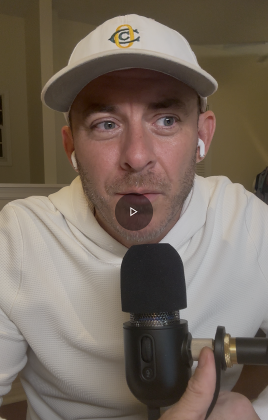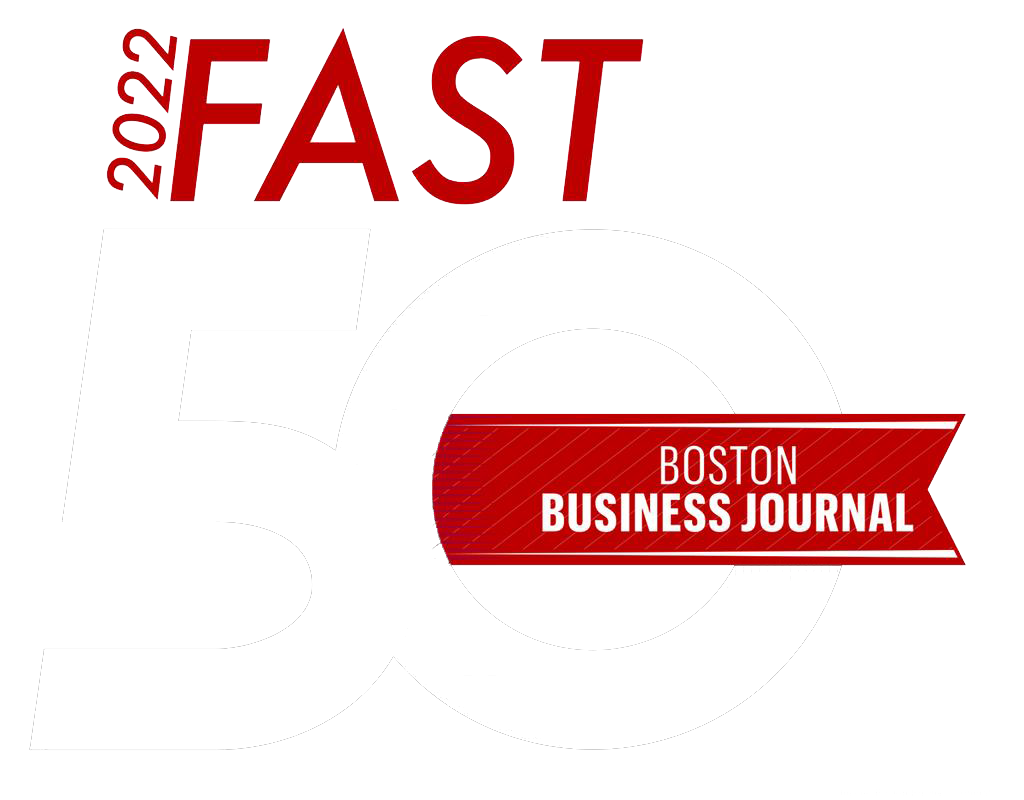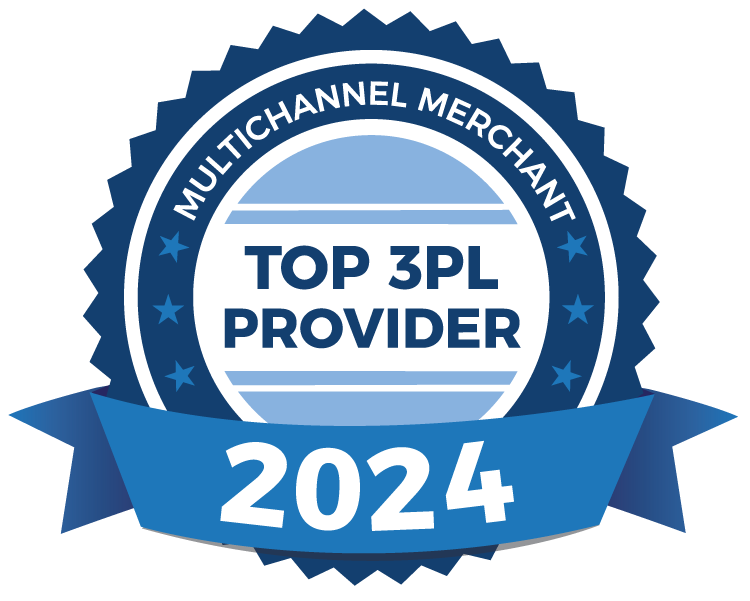7 Key Milestones in Your First 90 Days With a 3PL
Partnering with a 3PL is like getting into a new relationship. It most likely included multiple dates (a lengthy vetting process), maybe a few awkward first conversations, and finally, someone popped the question (aka, signed the contract). But just like any good relationship, the real work (and fun) begins after the honeymoon phase.
Here’s what to expect during those first few months together:
1. Onboarding Isn’t Just a Kickoff Call—It’s the “Define the Relationship” Talk
You’ll have meetings, and then meetings about the meetings. But don’t worry, this is where the magic starts. From reviewing order profiles and peak seasons to mapping your brand’s packaging specs, this phase is all about setting expectations and getting aligned. At ������APP, we’re not winging it. We follow a structured timeline that ensures everyone knows who’s doing what (and when).
2. Systems Integration = Meeting the Family
WMS, OMS, EDI, API—I know, it sounds like alphabet soup. But this part is essential. During these first few weeks, your tech team and ours will ensure your systems play nicely together. Because if your inventory data doesn’t sync or tracking numbers don’t send, it will be a rough honeymoon.
3. Inbound Product Planning: Move-In Day Gets Real
Bringing inventory into a 3PL is like moving in with a new roommate. It requires planning, coordination, and maybe a few spreadsheets. We’ll help schedule deliveries, confirm labeling standards, and ensure your SKUs are stored for optimal picking. No one likes that awkward “where did I put that” feeling.
4. Training the Fulfillment Team: Learning Your Love Language
You’ve got brand standards. We’ve got checklists. During the first 90 days, your dedicated warehouse team gets trained in everything from your product line to packaging details and QC steps. At ������APP, we aim to make your unboxing experience feel like a love letter to your customer, every time.
5. Soft Launches: The First Weekend Trip Together
We won’t go full throttle on Day 1. Instead, we start with a soft launch—fulfilling a smaller volume of orders so we can test processes, troubleshoot, and fine-tune. It’s like a weekend getaway before booking the two-week vacation. Let’s make sure we travel well together.
6. Daily Communication: Texts, Check-ins, and “Are You Free for a Quick Call?”
You’ll be hearing from us—a lot. Regular performance updates, DMs, and issue resolution calls are when trust is built and kinks get worked out. With ������APP, you’ll have a dedicated Customer Success Manager (aka your supply chain therapist) to keep things running smoothly.
7. By 90 Days In, It’s Starting to Feel Like a Real Partnership
You’ve been through enough together to know it’s working by this point. You’ve ironed out processes, shared a few wins, and maybe even a fire drill or two. Your 3PL should no longer feel like “them”—it should feel like “us.”
Ready to Build Something That Lasts?
At ������APP, we treat the first 90 days like the foundation of a long-term partnership—because we’re in it for the long haul. Let's chat if you’re ready to start strong (and maybe skip the awkward phase).
Contact us for a free supply chain consultation today.
Recent Blog Posts








